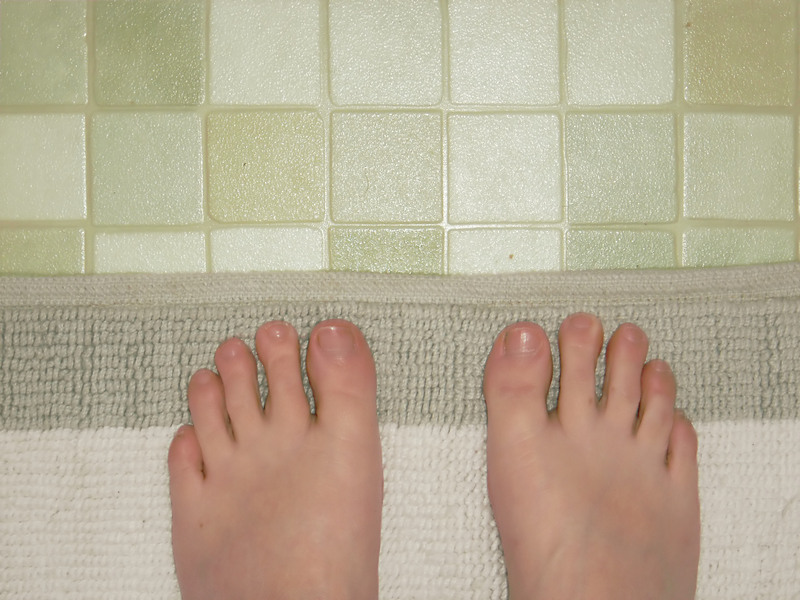Brass Maintenance Guide
Posted on 10/04/2025
Brass, known for its bright, golden hue, is a popular choice in both decorative and functional items, from musical instruments to household fixtures. However, maintaining its luminous appearance involves understanding the right cleaning techniques and products. This comprehensive brass maintenance guide aims to help you preserve the attractive look of your brass possessions.
Understanding Brass
Brass is an alloy primarily composed of copper and zinc, which can tarnish over time when exposed to air and moisture, forming a layer of oxidation that appears dull and greenish.

Cleaning Brass: Step-by-Step
1. Assess the Brass Item:
Before cleaning, determine if the brass is solid or brass-plated. Solid brass is typically heavy and doesn't attract magnets, while brass-plated items are lighter and may attract magnets.
2. Gather Supplies:
- Soft cloths
- Mild dish soap
- Lemon juice
- Baking soda
- Ketchup
- Commercial brass cleaner (if needed)
- Warm water
- Old toothbrush
3. Prepare a Cleaning Solution:
Mix two tablespoons of baking soda with a few drops of lemon juice to form a paste. Alternatively, you can use mild dish soap diluted in warm water.
4. Apply the Paste:
Gently rub the paste onto the brass item using a soft cloth. For intricate areas, use an old toothbrush. Avoid using abrasive materials that can scratch the brass surface.
5. Rinse and Dry:
Thoroughly rinse the brass item in warm water and dry it immediately with a clean, soft cloth to prevent water spots.
Polishing Brass
After cleaning, polishing is essential to restore the shine.
1. Homemade Polish Recipe:
- Mix equal parts of flour, salt, and vinegar to create a paste.
- Apply the paste with a soft cloth and let it sit for 10 minutes before buffing to a shine.
2. Commercial Polishes:
- Use a commercial brass polish and follow the manufacturer's instructions for the best results.
Protecting Brass
Preservation doesn't end with cleaning and polishing. Protecting your brass items will extend their lifespan and maintain their appeal.
1. Regular Dusting:
Regularly dust brass items with a soft cloth to prevent the buildup of dirt and grime.
2. Avoid Moist Environments:
Store brass items in a dry place to reduce the risk of tarnishing due to humidity.
3. Protective Coating:
Apply a thin layer of clear lacquer or wax to brass items to prevent tarnish and oxidation.
Common Mistakes in Brass Maintenance
- Using Abrasive Cleaners:
Harsh chemicals or abrasive clothes can scratch and dull the brass surface.
- Neglecting Regular Cleaning:
Procrastinating on cleanings can result in difficult-to-remove tarnish.
Pros and Cons of Brass Maintenance
Pros:
- Enhances aesthetic appeal
- Prolongs the lifespan of brass items
- Prevents corrosion and heavy tarnish
- Makes brass items safer to use
Cons:
- Regular cleaning is labor-intensive
- Can require specialized cleaning materials
- Potential for damage if incorrect methods are used
Essential Brass Maintenance Tips
- Always use soft cloths and brushes to avoid scratches.
- Apply protective coatings to minimize tarnishing.
- Perform regular maintenance to keep brass looking its best.
- Avoid exposing brass to harsh environments.

Takeaways
Maintaining brass requires consistent effort and the right techniques, but the reward is a shining, beautiful item that can last for generations. Utilize natural cleaning solutions for a chemical-free clean, and always dry brass items thoroughly to prevent water spots.
Conclusion
Brass maintenance, while involving some work, is well worth the effort to keep your items looking pristine and functioning well. By following the outlined steps and avoiding common pitfalls, you can enjoy the timeless beauty of brass for years to come. Apply these practical tips and routines for an effective brass maintenance regimen that keeps your possessions in top condition.

